Not the furry feline kind, but the fascinating string game that has captivated generations worldwide. The cat’s cradle game, a seemingly simple pastime, is rich with history and cultural significance.
As children, many of us have spent hours engrossed in creating intricate shapes with just a simple loop of string. Playing cat’s cradle, I was unaware of its ancient roots and global presence across diverse cultures. This string game, involving the creation of various figures with a looped string on the hands, is known and loved around the world. Cat’s cradle variations can be enjoyed solo or with multiple players, each figure transition bringing a new named design.
A Global Game with Many Names
The beauty of the cat’s cradle game lies in its universality. Independent variations have emerged in cultures spanning continents, including Africa, the Americas, the Arctic, Australia, East Asia, and the Pacific Islands. This widespread presence speaks to the game’s inherent appeal and simplicity.
Interestingly, the name “cat’s cradle” itself is not universal. Across different countries, the game adopts various monikers, reflecting local culture and language. For example, in France, it is known as “crèche,” evoking images of a manger. Japan knows it as “ayatori,” while Korea calls it “sil-tteu-gi.” Russia simply refers to it as “the game of string,” and in China, it’s “fan sheng,” or turning rope. In Israel, the charming name “Knitting Grandmother” is used. Even within the United States, regional variations exist, such as “Jack in the Pulpit.”
Tracing the Origins and History
The question of who invented this captivating game and when remains shrouded in mystery. Its global distribution suggests a very ancient origin, possibly stemming from China, and likely existing for centuries.
The earliest documented mention of the cat’s cradle game appears in 1768, within Abraham Tucker’s novel, The Light of Nature Pursued, written under the pseudonym Edward Search. Tucker describes it as “an ingenious play” where a string is manipulated between players to create various shapes, highlighting the game’s engaging and transformative nature.
String Figures Beyond Games
Cat’s cradle is but one example within the broader world of string figures. Humans have been manipulating strings to create shapes for millennia, long before cat’s cradle gained popularity as a game.
The earliest known written record of string manipulation comes from the 1st-century Greek physician Heraklas. He detailed surgical knots and slings, including a figure called “Plinthios Brokhos,” used to set broken jaws. This figure, resembling “The Sun Clouded Over” to Australian Aborigines, demonstrates the practical and symbolic uses of string figures beyond mere entertainment.
The Inuit figure of the extinct woolly mammoth further illustrates the deep historical connection to string games. Their ability to represent an animal long gone suggests a long-standing tradition of string manipulation within their culture.
Records and Literary Inspirations
Even the seemingly simple cat’s cradle game has its place in record books. The Guinness Book of World Records recognized the dedication of players like Geneva Hultenius, Maryann Divona, and Rita Divona, three California girls who played for 21 hours in 1974, achieving 21,200 changes. However, their record was soon surpassed by Canadians Jane Muir and Robyn Lawrick in 1976, who accomplished 22,700 changes in the same 21-hour timeframe. These feats highlight the surprising endurance and complexity possible within the cat’s cradle game.
Beyond records, cat’s cradle even inspired literary works. Kurt Vonnegut’s 1963 novel, aptly titled Cat’s Cradle, uses the game as a metaphor for the meaninglessness some perceive in life, adding a layer of philosophical depth to this seemingly simple children’s game.
Did you play cat’s cradle or similar string games growing up? Rediscover the fun or learn for the first time with readily available online tutorials. This timeless game continues to fascinate and entertain across cultures and generations.
https://www.youtube.com/watch?v=VpHTPnrYLzQ
Sources:
https://www.youtube.com/watch?v=VpHTPnrYLzQ
https://en.wikipedia.org/wiki/Cat%27s_cradle#References
https://en.wikipedia.org/wiki/String_figure
https://www.beano.com/posts/cats-cradle-facts

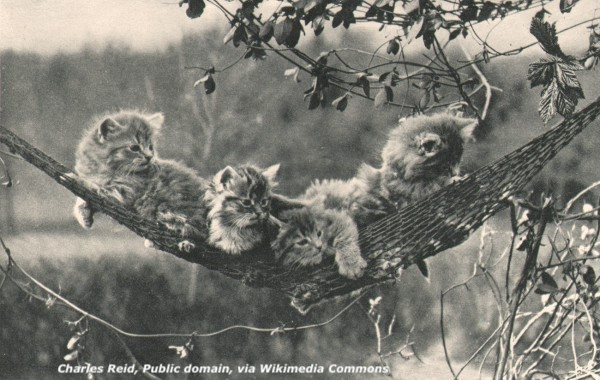

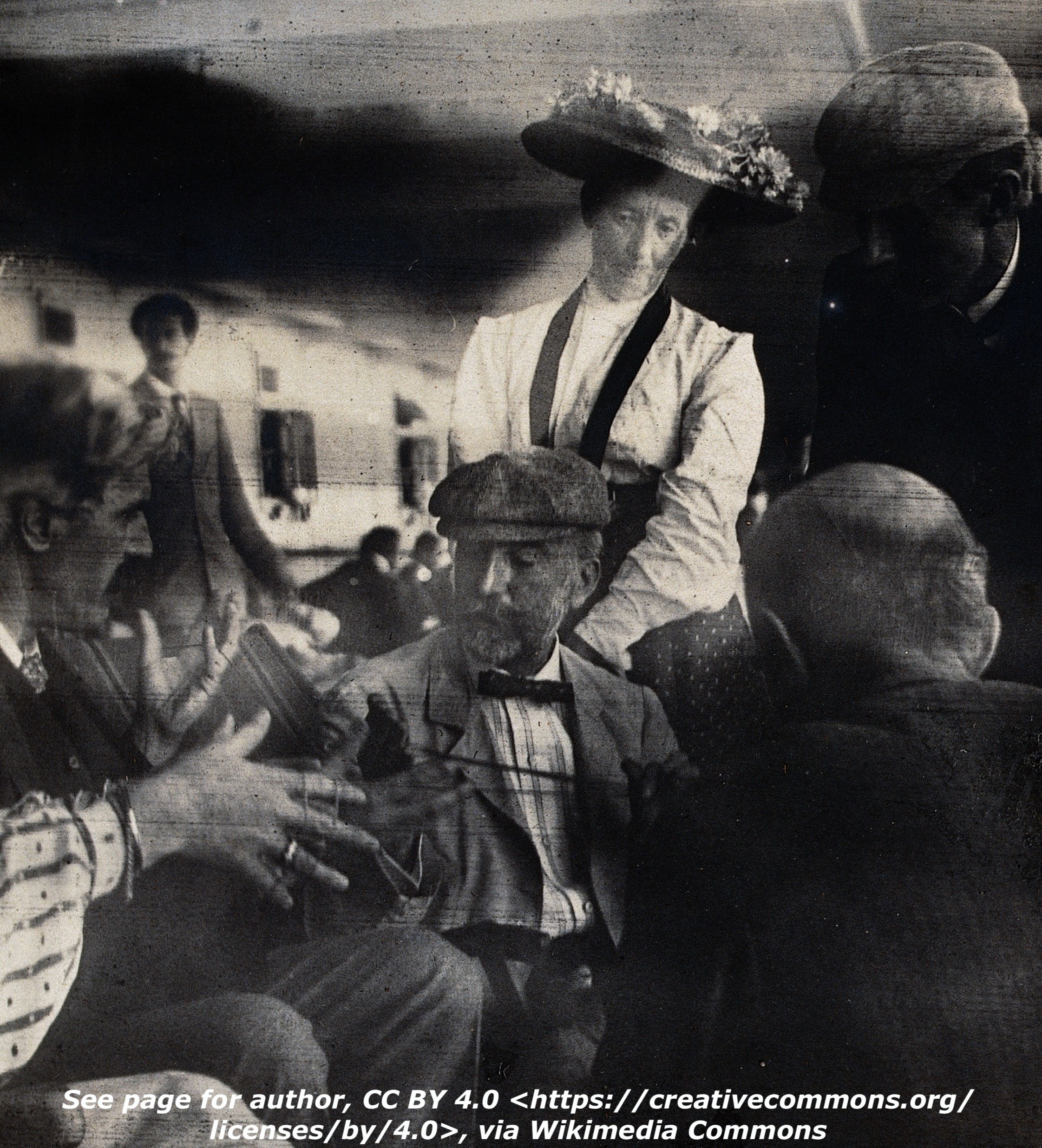
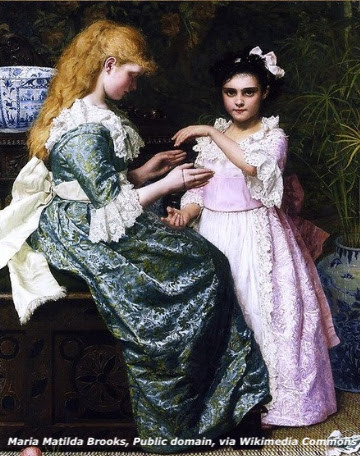
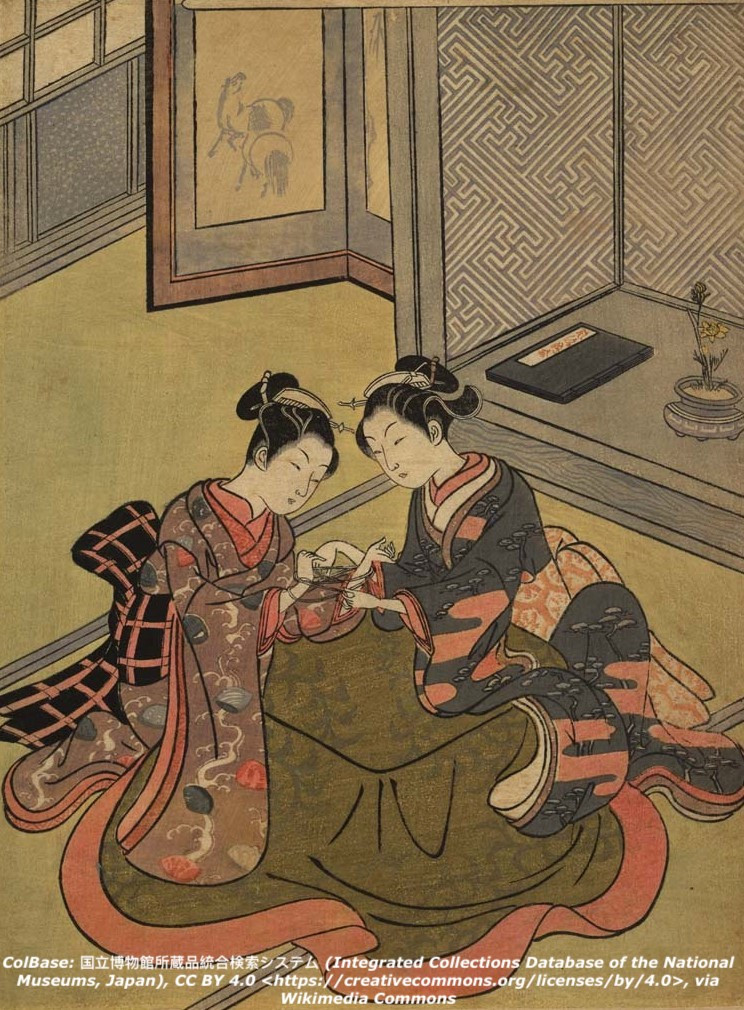
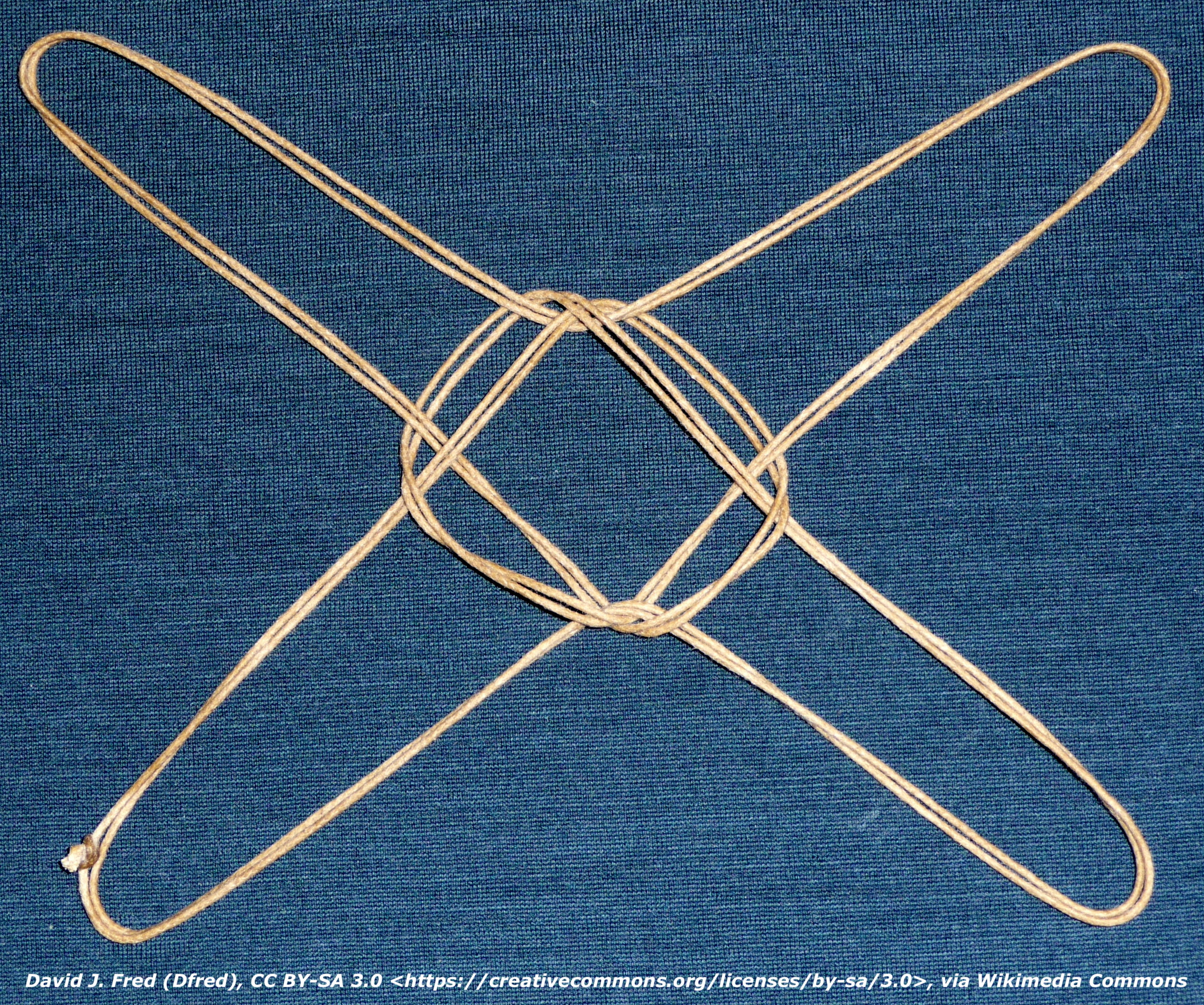
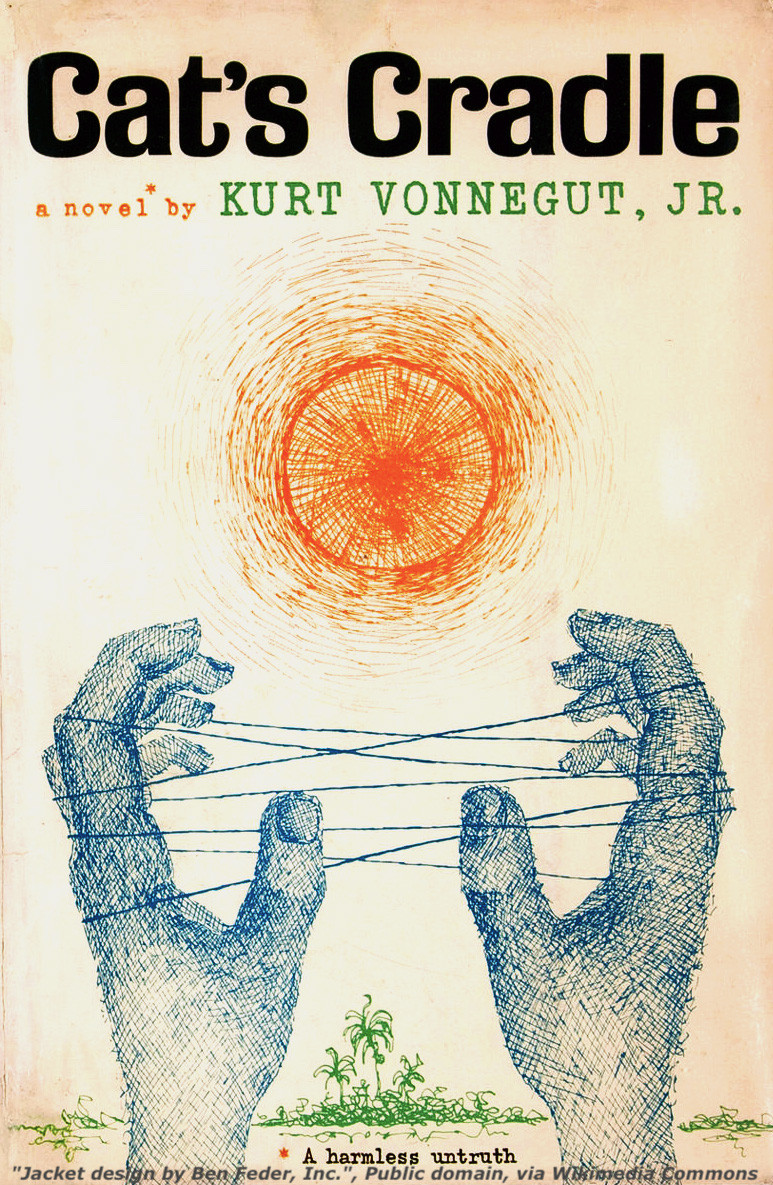 _-_Vonnegut.jpg)
_-_Vonnegut.jpg)